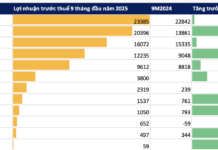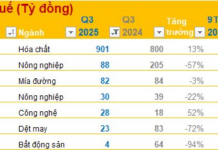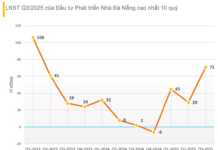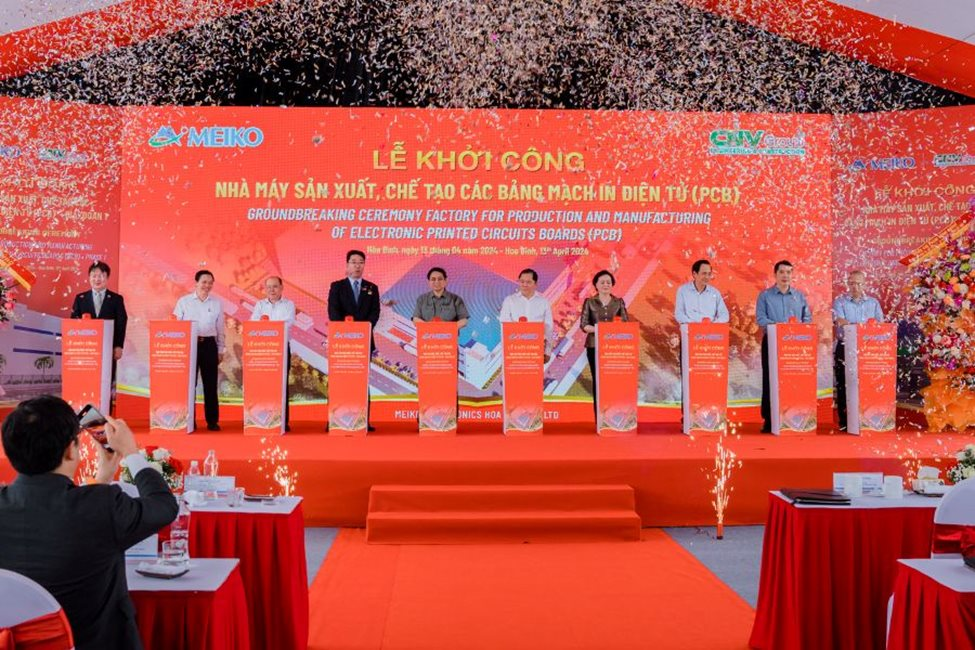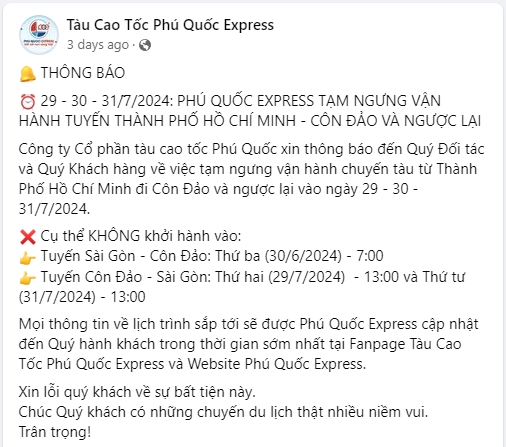RIGOROUS AUTOMOTIVE SOFTWARE DEMANDS HIGHER STANDARDS FOR QUALITY AND SAFETY
Mr. Vu Tuan Manh joined FPT Software in April 2004 and has held various positions within the company. About six years ago, in 2018, he worked with a Japanese client on one of FPT Software’s largest projects at the time. After this project was halted, he went from managing a production center with 140 people to just 2, and transitioned to working for GAM, the predecessor of FPT Automotive. He started as a project manager (PM) for a small project, which later grew into GAM’s largest project at the time—developing software for the infotainment system of one of the world’s biggest automobile brands.
The success of this project led to his appointment as the head of the GAM division in Ho Chi Minh City. Three years later, FPT Automotive was established, and he became its production director.
Mr. Manh shared that FPT Automotive is currently engaged in a wide range of tasks, from mechanical design and vehicle body engineering to software programming for in-car control chips. Modern automobiles contain nearly 80 chips that control everything from doors and airbags to ABS brakes, rear lights, and many other components. FPT Automotive’s responsibilities include programming these chips, from coding and control to developing platforms and in-cabin applications such as clocks, notification indicators, and infotainment and navigation systems for the entire vehicle.
While both industries involve software development, automotive software development demands much higher standards for quality and safety. Mr. Manh emphasized that multiple automobile brands from Japan, South Korea, Europe, and the United States are currently running software developed by FPT. The production director of FPT Automotive expressed his pride in seeing automotive software products developed by FPT Software and Vietnamese engineers being directly applied and visible in everyday automobiles.
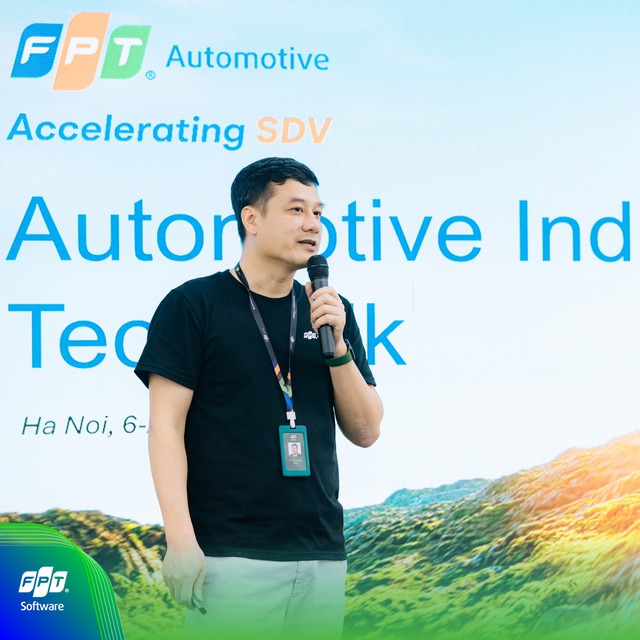
Mr. Vu Tuan Manh, Production Director of FPT Automotive, FPT Software
A ‘DIFFICULT’ PROJECT THAT ONCE MADE THE DIRECTOR DOUBTFUL
However, he also shared that automotive software development comes with numerous challenges, requiring mutual encouragement within the team to overcome obstacles, learn from failures, and sometimes face customer complaints about progress and quality.
Mr. Manh recalled one of his most memorable experiences in automotive software development. It was a graphics project for a Japanese automotive brand to redesign 2,000 in-car infotainment screens, especially the initial moments filled with difficulties and challenges that demanded patience and relentless effort.
He and his team faced a significant challenge as each screen was divided into hundreds of tiny components, and any deviation, even by a single pixel, was not allowed. The production director of FPT Automotive explained that this required the development of numerous automated testing tools, as detecting a one-pixel discrepancy with the naked eye was extremely challenging and tiring. Before they developed automated solutions, manual checking, capturing, and marking these discrepancies in Excel sheets resulted in low productivity. After introducing automation for capturing, testing, and marking, productivity increased by about five times compared to the manual process.
He also shared that, at the beginning of that project, when things were not yet streamlined, there were only about 30 people on the team. During the first six months, he and two other team members frequently worked late until 11-12 midnight, collaborating with the client to ensure the initial phase’s progress. He felt exhausted and worried about the project’s future, as it was supposed to last three years but had only been running for two months, with many challenges ahead. However, seeing those two team members remain cheerful and optimistic while discussing solutions to project difficulties gave him confidence that their passion would lead to success.
Indeed, those two members have become key players and have contributed significantly to other automotive projects in Hoa Lac. One has been promoted to deputy director, managing an ODC (Offshore Development Center) of 300 people for a Japanese client in the automotive domain, while the other is building and leading another ODC.
At its peak, the project involved nearly 200 people, including both Vietnamese and Japanese talents, who worked tirelessly for three years. In September 2021, when the trial version was installed in the Lexus RX350 in the US, he and his colleagues watched the footage on YouTube, feeling delighted to see their product in a commercial vehicle’s first release with almost no bugs.
NEED FOR MORE SKILLED PROGRAMMERS IN THE AUTOMOTIVE FIELD
According to Mr. Manh, FPT Automotive currently serves as a second-tier supplier in the automotive production chain and aims to move up to a higher-tier position to participate in more critical stages of the manufacturing process.
He acknowledged the technological challenges and the need for a deeper understanding of hardware and chips to create the best combinations and deliver high-value products to the market. Additionally, he emphasized the competition FPT Automotive faces from software companies in India, Europe, and the United States. Despite FPT’s leading position in Vietnam’s technology sector, there is still work to be done to make a global impact.
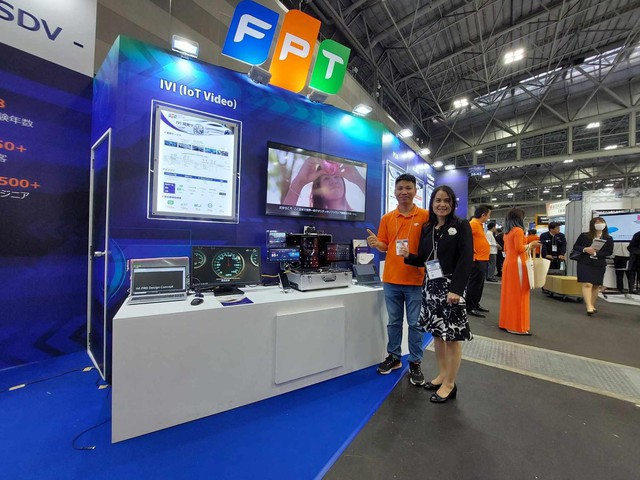
Currently, FPT Automotive has a workforce of 4,000, but this number is still modest, and the company needs more skilled programmers in the automotive field. As there is no specialized training program for automotive programming, about 80% of the annual workforce has to be trained internally, in addition to hiring from other automotive outsourcing companies in Vietnam.
Earlier this year, FPT Automotive collaborated with FPT University in Hanoi to establish a department dedicated to automotive programming education. This year, nearly 900 students enrolled in this major.
Mr. Manh observed that the current trend in the automotive industry is toward developing level 5 autonomous vehicles, where the driver can “get into the car and do nothing,” and there might not even be a steering wheel. Users can control the vehicle with voice commands or interact with it like a companion. Currently, the world has only achieved level 2 to 2.5 autonomous driving. Reaching level 5 will take a lot of work, and as vehicles become more automated, the safety requirements become more stringent. “This also presents a significant opportunity for both the world and FPT to develop additional software for vehicles,” said Mr. Manh.
Chinese automaker selling in Vietnam to launch hundreds of satellites for smart driving support.
The expected system of 240 satellites will provide connections for consumer electronic services as well as autonomous car positioning.
“Cam Lo – La Son Route Falls Short of Being a Highway”
The tragic traffic accident on the Cam Lo-La Son highway in Thua Thien-Hue province that resulted in the heartbreaking deaths of a family is an immensely sorrowful incident. In addition to the awareness and skills of the road users, there is a pressing need to reevaluate and reform the mindset regarding the planning, design, investment, and management of the current highway infrastructure.






